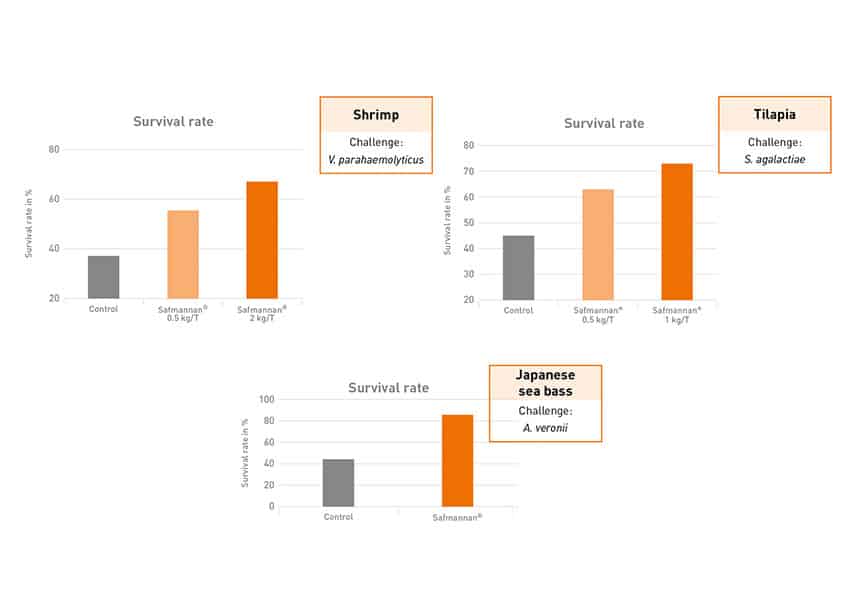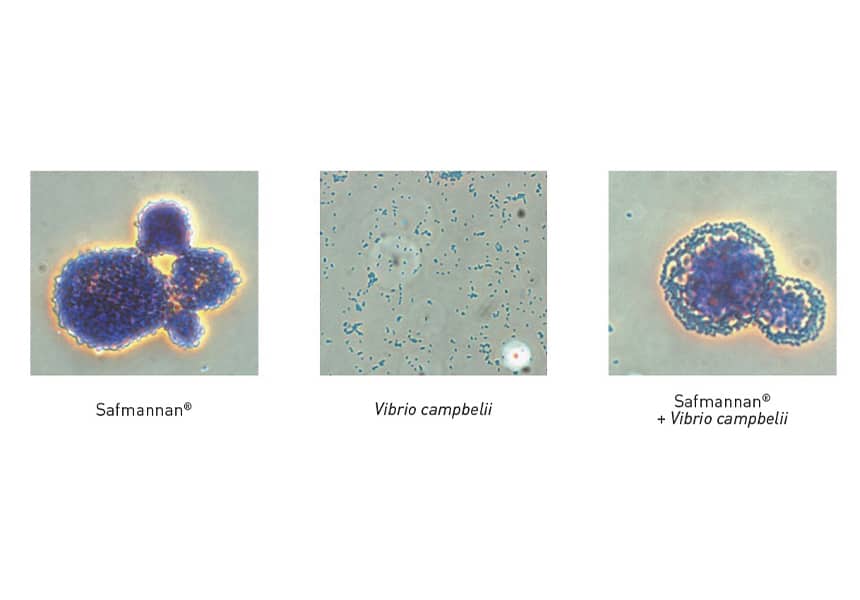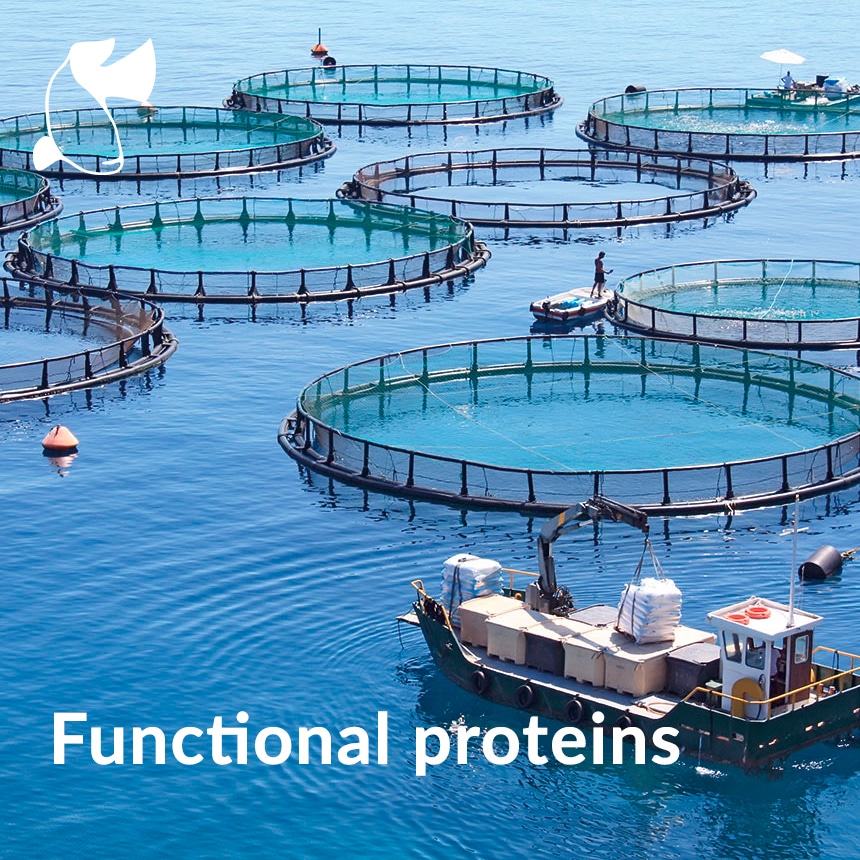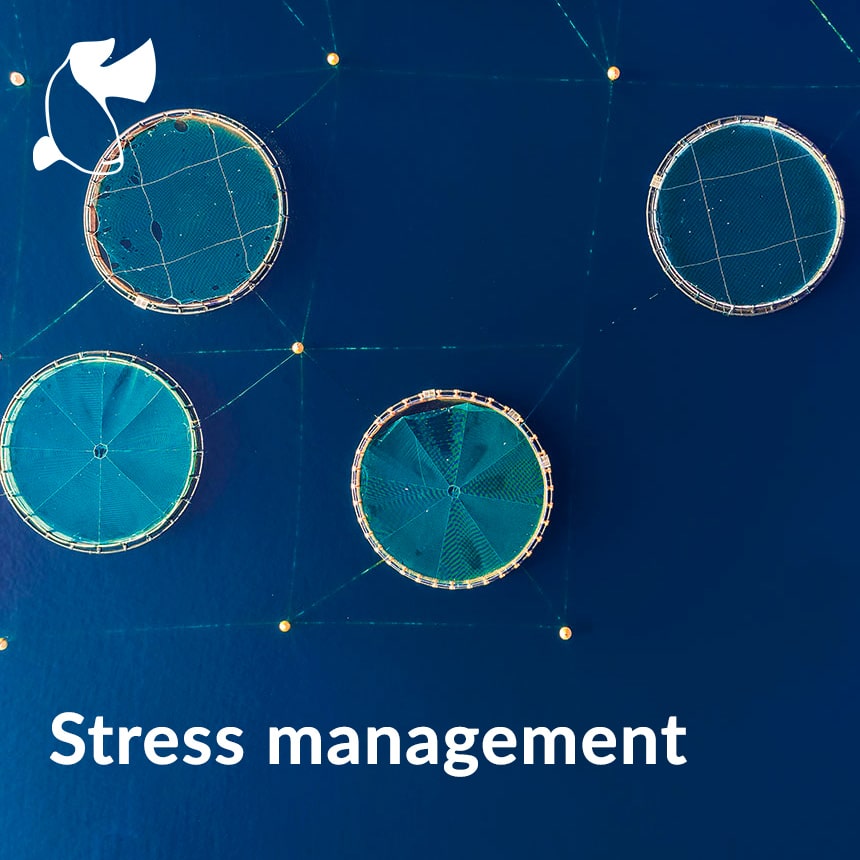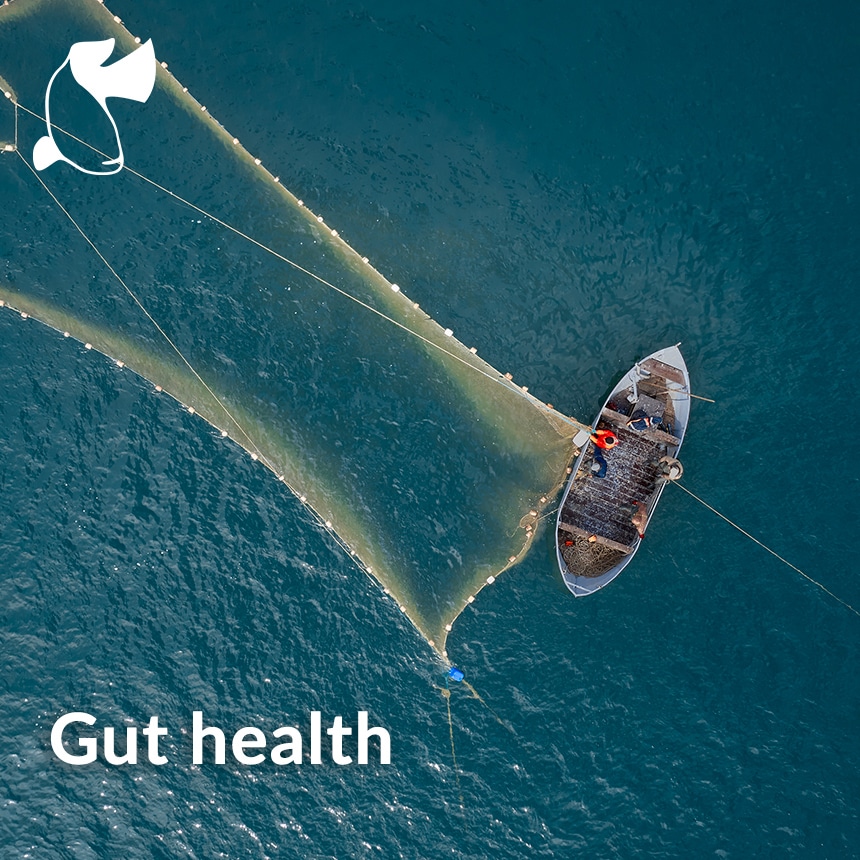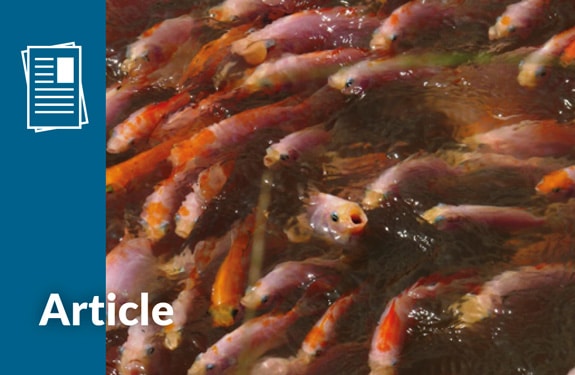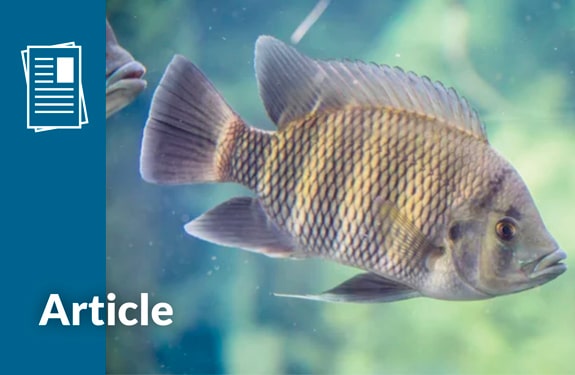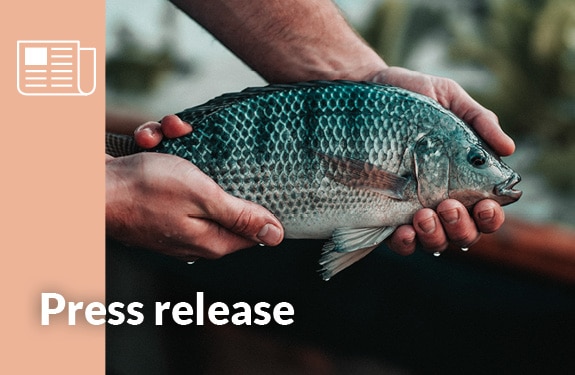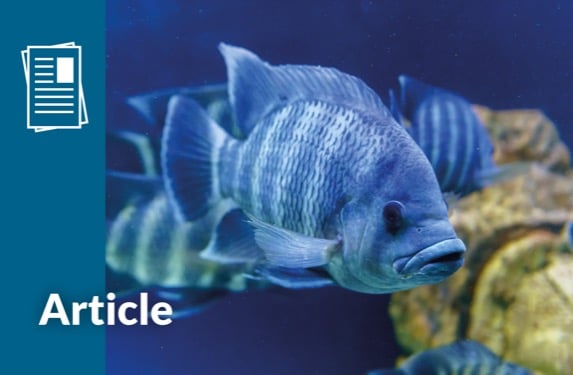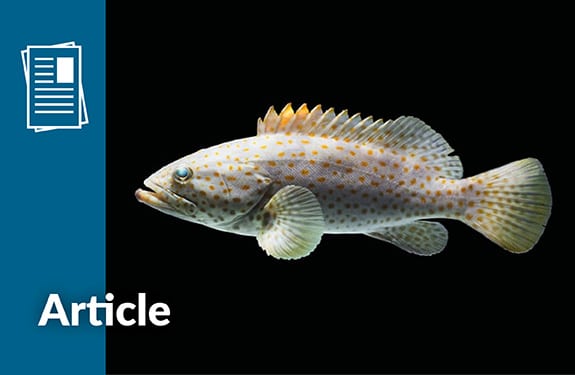Preventing disease in Aquaculture
Disease management and prevention has become one of the top priorities for the aquaculture industry. This is due partly to economic losses, caused by disrupted production, and partly to sustainability issues and increased pressure to reduce the use of antibiotics and chemicals. The risks associated with drug resistant pathogens, environmental impacts, and consumer perceptions of antibiotic residues in farmed products, are notably the sector’s main concerns.
Preventing pathogenic bacteria outbreaks requires planned and integrated action, including strict biosecurity protocols, improved aquaculture practices, genetic selection, vaccines, and the use of functional feed additives.
Yeast-based solutions for aqua feed are known to be a highly effective and cost-efficient tool. Yeast parietal fractions, rich in beta-glucans 1.3 and 1.6 and mannan-oligosaccharides, can directly improve innate immunity, reduce pathogen attachment to the gut epithelium, bind toxins and improve gut structure and function.

Safmannan® improves resistance and fish survival rate
The premium yeast fraction, Safmannan®, is obtained by primary culture of a proprietary strain of Saccharomyces cerevisiae. The product’s unique physicochemical characteristics, plus a highly controlled production process, creates a product with consistent in vivo response. Safmannan® is proven to significantly improve resistance and fish survival in major aquaculture species facing the most threatening pathogenic challenges.
There is an improved survival of L. vannamei shrimp challenged with Vibrio parahaemolyticus (AHPND) (graph 1). Increased survival of Nile tilapia (Oreochromis niloticus) is observed after Streptococcus agalactiae challenge (graph 2). Improved survival of Japanese seabass (Lateolabrax japonicus) challenged with Aeromonas veronii is also witnessed (graph 3).
Safmannan® to improve immune response
Safmannan® is proven to improve the response of different immune parameters, such as prophenoloxidase activity in shrimp; lysozyme activity in the gut of tilapia; plasma anti-protease activity in red drum; superoxide dismutase in trout, and IgM production in tilapia and Japanese seabass.
There is an improved phenoloxidase response in L. vannamei shrimp after challenge with Vibrio parahaemolyticus (AHPND) (graph 1). Increased Lysozyme activity in the gut mucosa of Nile tilapia (Oreochromis niloticus) is shown after Aeromonas hydrophila challenge (graph 2). IgM concentrations is improved among Japanese seabass (Lateolabrax japonicus) challenged with Aeromonas veronii (graph 3).
Binding pathogens with Safmannan®
Safmannan® effectively binds pathogenic bacteria and some toxins, reducing gut colonisation by pathogens and preventing possible damage to the intestine epithelium.
Reducing pathogenic bacteria attachment throughout the production cycle is key to developing a more balanced microbiota and a better developed intestinal mucosa. Improved gut health status enables better gut protection and ability to digest and absorb essential nutrients for growth.
Safmannan® has a predictable mode of action, assuring improved disease resistance, with additional zootechnical performance. Safmannan® is versatile and can be strategically combined with a wide range of technologies to achieve optimal results in disease prevention and antimicrobial reduction.










